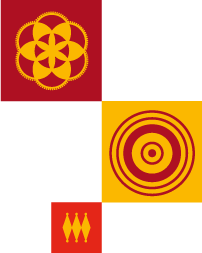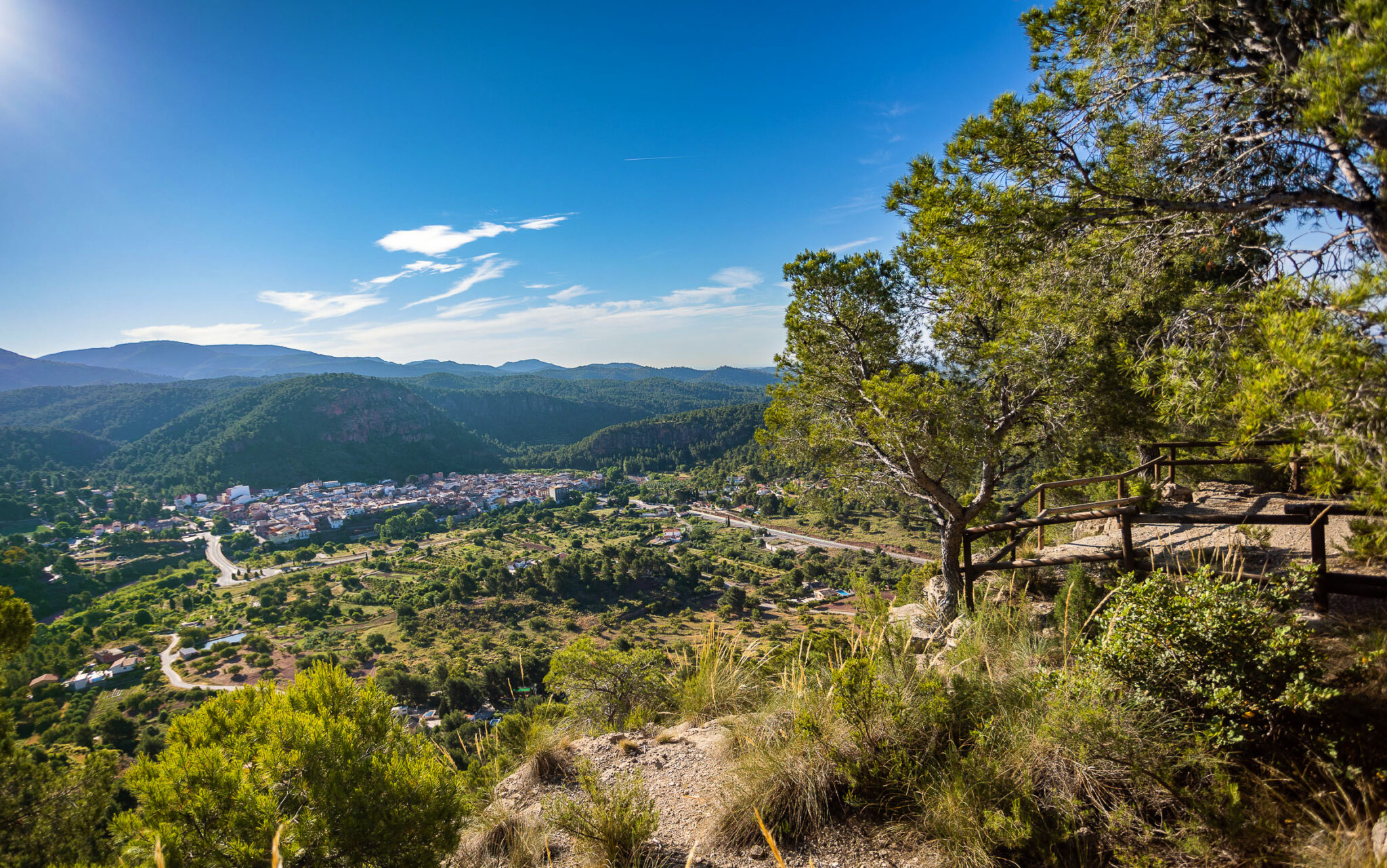
Cultural Environment
Dryland landscape
In the municipality of Olocau, in addition to large mountainous areas and irrigated crops, there are large areas of rainfed crops with olive, carob and almond trees. The cultivation of the lands of Olocau is very old, there are evidences of Roman origin of the agricultural exploitation as in the villa of the Pitxirí. This landscape is in itself a heritage asset!
There are two main environments, the low and flat area in the Pla de Sanxisthe mountain areas, cultivated since antiquity, and the terraced mountain areas from the s. XVIII – XIX that modeled the slopes with smaller and more difficult to access fields.

In these environments we can enjoy rural architecture such as lime ovens, corrals, walls of terraces, cisterns or catxirulos, name given in the Sierra Calderona shelters built in dry stone by farmers and shepherds.
In 2018 the dry stone technique was declared Intangible Heritage of Humanity by Unesco. Olocau preserves a multitude of constructions made with this technique, which demonstrate the great constructive skills and use of resources of farmers and shepherds of olocauinos.
A special time to visit them is the end of winter, coinciding with the flowering of the almond trees, when you will enjoy spectacular colorations. On your visit to Olocau do not miss this landscape, you can get to know it with the Pedralvilla Route.
Pedralvilla Route
The Pedralvilla route is a circular route of 12 km, of low difficulty and a difference in altitude of 100 meters, which allows you to reach the Pedralvilla urbanization by the old access road to Olocau from the south.
You will start the tour at the Casa de la Senyoria and leave the village behind, descending southwards along the Carraixet ravine. Along the way you will enjoy a great variety of landscapes, starting with the rugged stretch at the beginning of the Carraixet ravine, which then gives way to the spectacular reddish cliffs of the area. When you arrive at the Campillo area, you will be able to enjoy the Mediterranean flora and the landscape with the highest agricultural production in Olocau.
It is advisable to make the route at the end of winter, in the flowering season of the almond trees this landscape is a spectacle to behold. In addition, very close to the route you can discover one of the monumental trees of Olocau, a carob tree with a trunk of more than 6 meters in diameter.





